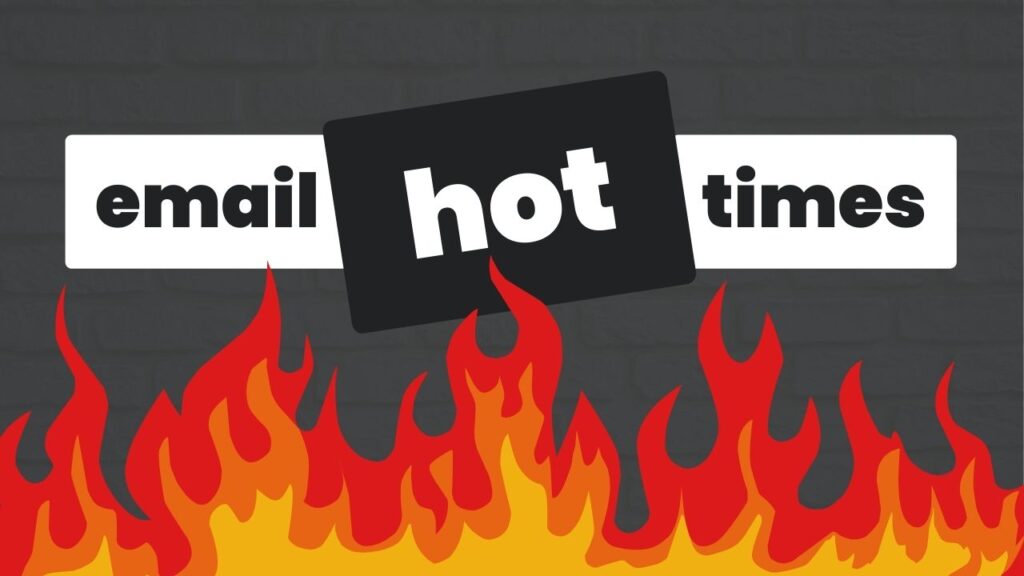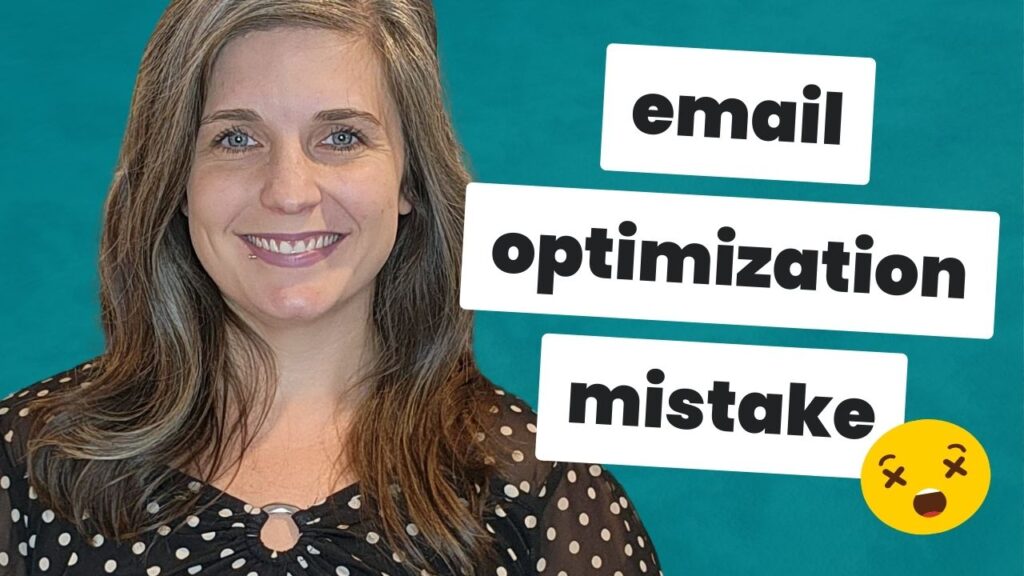In the wonderful world of advertising, testing is still king. But…
Test doesn’t mean you have to guess.
Here’s the process I follow (as a conversion copywriter) to find ad concepts with high conversion potential.
TRANSCRIPT:
Let’s talk about social ads for a second.
A while back, I was in conversations with a Facebook ad strategist who was exploring potentially bringing me on to help deliver copy for her clients. And during that conversation, she asked me:
“Paige, how do you decide what ad angles to test? How do you decide to recommend ad copy for your clients? Do you always recommend running a problem-focused ad and an outcome-focused ad? How do you think about it?”
What I told her was this:
I don’t work from a template.
I don’t always recommend problem-focused ads or outcome-focused ads.
What I do when I’m working with clients, and we’re focused on writing social ads, is I start by looking at what the strongest messages in the data are.
- Which of those messages are bringing us the highest quality leads?
- Maybe, which messages are bringing us lower-quality leads? (So we know to stay away from those.)
From there, I recommend ad concepts and then ad copy.
In a recent project, this is what that looked like.
We started out with three ad concepts as a baseline.
For ad #1, I recommended the ad concept be focused on a specific outcome.
The outcome I chose was one we knew was bringing us the highest quality leads. And it was also the outcome that was best solved by the product. So there was a very strong alignment between the product’s value proposition and the outcome that the prospect wanted.
For ad #2, I recommended we focus on a push event.
A push event is something that’s happening in the prospect’s life that’s causing them to consider switching or even to actively look for a new solution.
Now, in this particular context, we were selling a financial product, and at the time, there was something going on in the economy that was bringing us leads with high urgency and high intent. They were ready to find a new solution and make the switch as soon as possible.
Keep in mind that these people were solution-aware, but they didn’t know our solution existed. They just knew that the solution that they had wasn’t working anymore, and they were looking for something better.
For ad #3, I wanted to test an ad that was targeted at someone in a slightly more advanced stage of awareness.
Both the other two ads were for problem or goal-aware and early solution-aware prospects. Neither of those ads was focused on people who knew that our product existed.
So for ad #3, I wanted to deliberately test an ad that would reach people who had heard of our type of solution before but just may not know much about it. I wanted to test and see if we targeted someone who was a bit further along in the buyer’s journey, would that result in a higher quality lead and a shorter sales cycle for my client?
Even though we knew that when we looked at the market as a whole, there was a pretty low level of awareness of the solution we were selling.
So that’s the three ad angles that I recommended, and then I wrote copy for each of those ads.
That’s the process I followed.
- I did the voice-of-customer research.
- I mapped the conversion context.
- I looked for trends in the messaging and…
- I deliberately selected those that were correlated with higher-quality leads, shorter sales cycles, more urgency, and higher intent.
And that’s how I approach recommending ad copy.
I don’t follow a template. I don’t always test this or test that. I rely on the data to tell me where the biggest opportunities are. And that’s my starting point.
If you’d like to take a more strategic approach to the social ad concepts that you test, let’s chat.


